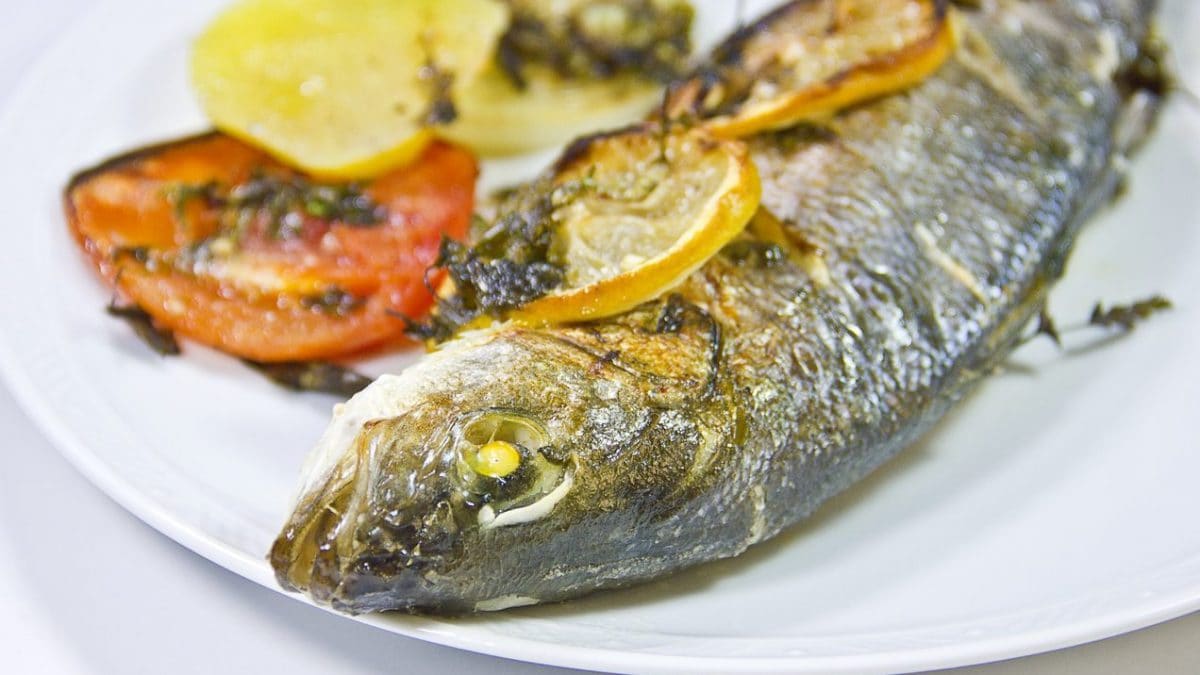
Cleaning sea bass —or branzino, if you prefer —may seem like a task best left to fishmongers or chefs, but with the right tools and a little care, we can easily do it at home. Sea bass is one of the most prized fish for its delicate, light flesh, perfect for a variety of preparations. If you learn how to clean it correctly, not only will you be able to prepare tastier, more authentic dishes, but you'll also avoid waste. In this guide, we'll walk you step by step through cleaning sea bass simply and effectively, even if it's your first time.
The Main Steps For Cleaning Sea Bass
Get a sharp knife, a scale scraper or the back of a smooth knife, kitchen scissors (optional but handy), a cutting board, and cold water. Working near the sink or on an easily washable surface is always a good idea.

Start by removing the scales. Hold the sea bass firmly by the tail and scrape it with the back of the knife or a scraping tool, working against the scales, that is, from the tail toward the head. Scrape both sides thoroughly, including near the belly and back. Scales can fly everywhere, so work slowly and cover the sink or countertop if possible.

Cut the fins. Use kitchen scissors or a knife to remove the dorsal, abdominal, and lateral fins. This step helps prevent them from stinging and makes cooking easier.

Using a knife, make an incision along the belly, from the anal orifice to the head, to gut the sea bass. Gently open the abdominal cavity and remove all the innards with your fingers or a spoon. Be careful not to rupture the gallbladder (a small green sac): if it does, the fish can acquire a bitter taste.

Remove the gills (optional): If you want a cleaner fish, grasp the gills with your fingers or scissors and pull them off firmly. Rinse the sea bass under cold running water, both outside and inside the belly, until you see no traces of blood or debris. Then pat dry with paper towels.
At this point, your sea bass is clean and ready to be cooked whole, baked, pan-fried, grilled, or even filleted.
Helpful Tips for Perfect Cleaning
Cleaning a sea bass isn't just a matter of technique, but also of respect for the food we bring to the table. With a few precise steps and a little care, you can transform a simple operation into a crucial step for enhancing flavor and quality. Here are some tips to make this process easier for you:
- Start with medium-sized fish: they are easier to handle and allow you to learn without too much difficulty.
- Dry the sea bass thoroughly before cooking it: excess moisture can compromise the browning, especially if you cook it in the oven or pan.
- Save the heads and bones to make an excellent fish stock: perfect for risottos, soups and cooking juices.
- If you don't cook the sea bass right away, cover it with cling film and store it in the refrigerator: it will stay fresh for several hours.
;Resize,width=767;)
